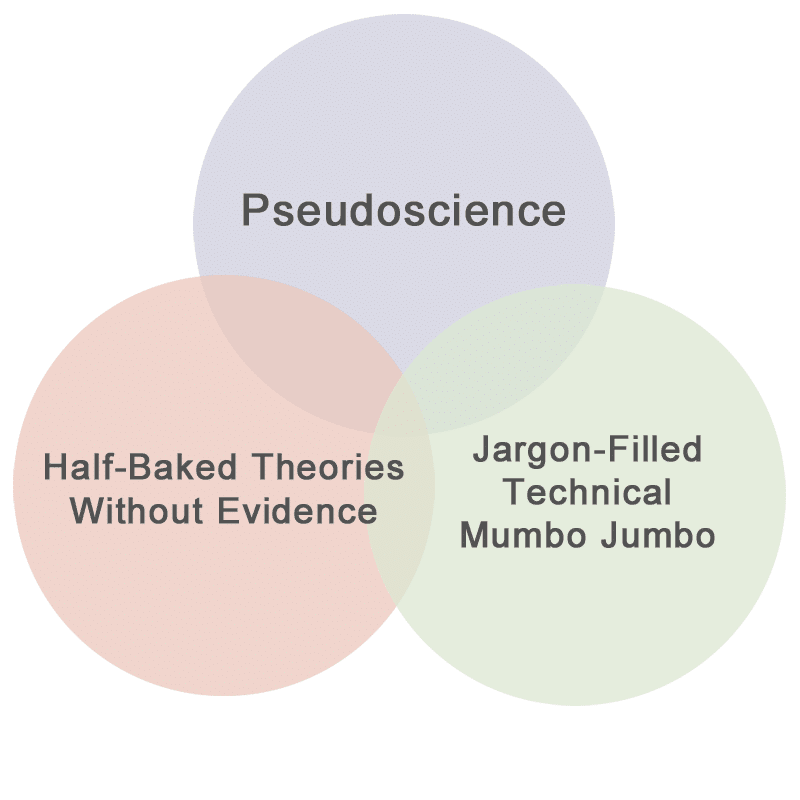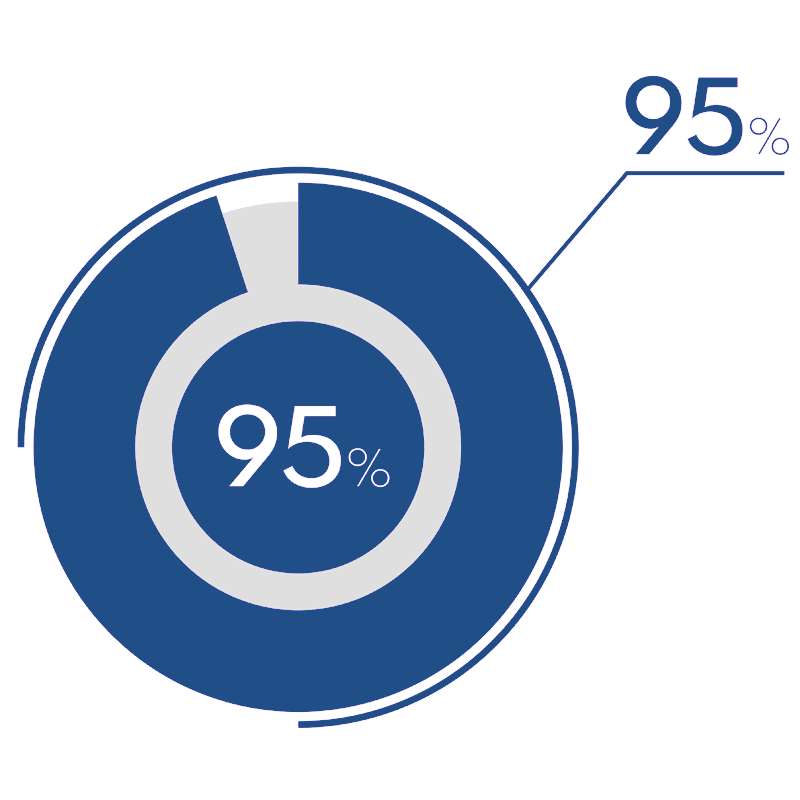The Truth About Junk Science and Unreliable Forensic Science in Criminal Law
Junk Science v. Forensic Science; are they the same?
Junk science is a blanket term for pseudoscience, half-baked theories without evidence, or jargon-filled technical mumbo jumbo. It tricks us by presenting itself as being grounded in real research while playing extraordinarily fast and loose with the facts.
Forensic science does not mean a more sophisticated level of scientific endeavor. It means cop science! That is right, science is not science when it comes to cops. They have their own labs, their own standards, and their own accreditation. They are not held to the same level of scientific review as is required in the field of true since. Many “forensic truths” are later shown to be totally unreliable. Often, they are presented by a police officer as official findings or someone who took a few chemistry courses and is now labeled as a “forensic scientist.” There is a major difference between being able to repeat a lab test that you have been taught to perform and being an actual scientist who depends on reliable, peer-reviewed methods to reach a conclusion.
You also will see that most forensic labs are “accredited” by a “forensic” accreditation association. ASCLAD is one of the nationally named organizations that provides accreditation to forensic labs. It is located in Garner, NC in a strip mall next to the Radiance Salon and Day Spa. It sets its own standards and only issues accreditation to forensic labs, not scientific labs.
These labs also accreditate themselves to add an appearance of reliability to their findings.

Convicting Bigfoot
Junk science has become a massively useful tool for law enforcement in pursuing convictions. By applying the same level of scientific expertise to a criminal case as was once used by tobacco-loving doctors, law enforcement is able to secure a conviction regardless of the actual guilt of the defendant in charge.
At this point, you might wonder why any scientist or officer of the law would risk staking their reputation on what amounts to comic-book-villain levels of scientific chicanery, but the answer is quite simple: money and power. It is an irrefutable fact that securing convictions for profit has become a massive revenue stream for the legal world. By tying everything from salaries, pay raises, and bonuses to conviction rates, the system has essentially created greater incentives to lock up innocent people than to seek actual justice.
So just like the cast of “Finding Bigfoot” heads out into the woods convinced that every odd noise in the night and every shaking branch is a sasquatch, law enforcement begins with the presupposition that every citizen is a criminal. And they’re willing to stretch the bounds of scientific credibility if they think it will prove them right.
The FBI Can’t Get It Right
In an ideal world, science would play a vital role in law enforcement, helping officers and prosecutors obtain factual evidence and generate meaningful conclusions based on accurate, fact-based procedures. In the real world, the science that is applied to law enforcement is woefully unreliable.
Even the FBI has been forced to publicly acknowledge the breathtakingly backward science it has been using to secure convictions. Naturally, this public acknowledgment was barely made public, quietly released in a 2015 report which revealed decades of malfeasance. In the report, it was found that nearly every examiner in the FBI Laboratory’s microscopic hair comparison unit had given flawed testimony, with 26 of the 28 favoring prosecutors in more than 95 percent of trials.
And just in case that’s not alarming enough, know that these trials had literal life or death consequences. In the 268 trials examined as part of the report, 32 resulted in defendants being sentenced to death. By the time the report had come to light, 14 had been executed or died in prison.
And it’s not just a problem with the collection and interpretation of microscopic hair evidence. A further report created by the National Association of Criminal Defense Lawyers (NACDL) and the Innocence Project and appearing in the Washington Post stated, “Except for DNA, no method has been shown to be able to consistently and accurately link a piece of evidence to an individual or single source.”
Obviously, there is more that needs to be done. Over the course of this multi-part series, we’ll look at junk science up close, showing the massive changes the system needs, citing cases in which junk science put innocent people in jail that resulted in execution, and helping you understand what you could be up against in court for even misdemeanor offenses.


